Ein grüner Teppich aus Zuckerwatte, der über die Wasseroberfläche treibt, kann die Ruhe eines Gartenteichs oder eines kristallklaren Aquariums trüben. Man entfernt ihn samstags, und schon donnerstags ist er wieder da, dichter denn je. Kommt Ihnen das bekannt vor? Dann haben Sie es mit Fadenalgen zu tun – auch bekannt als Decken- oder Fadenalgen. Der Kampf kann endlos erscheinen, doch mit ein paar wissenschaftlich fundierten Maßnahmen und der richtigen Wasserzirkulation und Filteranlage können Sie die Algen erfolgreich bekämpfen.
Im Folgenden finden Sie praxiserprobte Methoden zur Bekämpfung von Fadenalgen in Teichen und Aquarien, sowie Tipps zur langfristigen Vorbeugung und ein kurzes FAQ. Wo immer Produktinformationen hilfreich sind, verweisen wir auf die Solar-Teichfilter von Poposoap – Geräte, die für mühelose Wasserzirkulation und mehrstufige Reinigung entwickelt wurden.
1. Was sind Fadenalgen und warum sind sie wichtig?

Anders als frei schwebendes grünes Wasser bilden Fadenalgen sichtbare Fäden, die sich um Pumpen, Pflanzen und sogar Fischflossen wickeln. Unbehandelt führt dies zu Folgendem:
- Nachts wird dem Wasser Sauerstoff entzogen, was zu Stress bei Kois und Goldfischen führt.
- Blockiert das Licht und tötet so Unterwasserpflanzen ab.
- Fängt Schmutzpartikel auf und verwandelt klares Wasser in eine trübe Brühe.
- Verstopft Laufräder und Filtereinlässe und führt zum Durchbrennen kleiner Pumpen.
Im Aquarium können dieselben Arten Moose überwuchern, die Gestaltungselemente bedecken und empfindliche Pflanzen verdrängen. Schönes Wasser verwandelt sich schnell in einen Sumpf – daher ist frühzeitiges Handeln entscheidend.
2. Warum wachsen Fadenalgen?

Fadenalgen vermehren sich explosionsartig, wenn drei Faktoren zusammentreffen:
- Sonnenlicht – insbesondere im Frühling und Sommer, wenn die Tage länger als 12 Stunden dauern.
- Nährstoffe – überschüssige Phosphate und Nitrate aus Fischabfällen, düngerreichem Abfluss oder verrottendem Laub.
- Stagnation – Zonen mit geringer Strömung, in denen sich Sporen absetzen und Filamente verankern.
Deine Aufgabe ist es, mindestens eine Seite dieses Dreiecks zu zerstören.
3. Teichstrategien: Wie man Fadenalgen im Teich loswird

Zuerst manuell exportieren. Einen Holzstab oder eine Toilettenbürste durch die Matte ziehen, um sie in lange, grüne Häute zu drehen. Die Entfernung der Biomasse bedeutet auch die Entfernung gespeicherter Nährstoffe.
Tiefer Schatten und Konkurrenz durch andere Pflanzenarten. Bedecken Sie etwa 60 Prozent der Oberfläche mit Seerosen oder schwimmenden Inseln. Fügen Sie Unterwasserpflanzen wie Hornkraut und Wasserpest hinzu, die gelöste Nährstoffe aufnehmen, bevor Algen dies tun können.
Verbessern Sie Zirkulation und Filtration. Ein Poposoap Solarbrunnen mit Filterbox belüftet die Wasseroberfläche und leitet das Wasser durch ein Edelstahl-Vorsieb, mehrere Schaumstoffpolster und Bio-Keramikringe. Dieser dreistufige Filterprozess entfernt Schmutz, wandelt Ammoniak um und hält die Wassersäule in Bewegung – ideale Bedingungen, um Fadenalgen zu verhindern. Keine Kabel, kein Graben – einfach das Panel an einem sonnigen Standort platzieren.
Verändern Sie die Wasserchemie auf sichere Weise. In Regionen mit hartem Wasser können Gerstenstrohextrakt oder humusreiche Torfkissen langsam algenhemmende Verbindungen freisetzen. Testen Sie nach der Zugabe stets pH-Wert und Karbonathärte (KH).
Gezielte Algizide sollten nur im äußersten Notfall eingesetzt werden. Natriumpercarbonat-Pulver oxidieren Algenfäden bei Kontakt, doch eine Überdosierung kann Fische schädigen und nützliche Biofilme zerstören. Behandeln Sie nur einzelne Stellen, nicht den gesamten Teich, und sorgen Sie anschließend für eine intensive Belüftung.
Dank des stetigen Wasserflusses aus dem Poposoap-Solarbrunnen und der wöchentlichen Biomasseentfernung schrumpfen die Matten bei den meisten Gärtnern innerhalb von drei bis vier Wochen.
4. Aquarium-Taktiken: Wie man Fadenalgen im Aquarium entfernt

Fadenalgen im Aquarium reagieren auf dieselben Prinzipien, nur in kleinerem Maßstab:
- Reduzieren Sie die Beleuchtungsdauer auf acht Stunden und tauschen Sie die kaltweißen Leuchtstoffröhren gegen Vollspektrum-LEDs aus, die das Pflanzenwachstum gegenüber dem Algenwachstum fördern.
- Nährstoffgleichgewicht statt Nährstoffmangel. Unterdüngte Pflanzen verkümmern, wodurch Nitrat für Algen freigesetzt wird. Makronährstoffe in abgemessenen Mengen dosieren und den NO₃-Gehalt zwischen 5 und 15 ppm halten.
- Umverteilung des Wasserflusses. Ausrichtung der Auslassdüsen, sodass sich jedes Blatt sanft bewegt. Undichte Stellen begünstigen die Bildung von Staubfäden.
- Algenfresser. Amanogarnelen, Florida-Flaggenfische und Antennenwelse raspeln junge Algenstränge ab, bevor diese sich zu dichten Teppichen verweben.
- Flüssige Aktivkohle punktuell dosieren. Mit einer Spritze Glutaraldehydlösung auf die Klumpen auftragen; diese bleichen sich über Nacht aus, ohne das System zu beschädigen.
Halten Sie die Scheiben sauber, damit Sie Probleme frühzeitig erkennen. In bepflanzten Gärten verdrängen starkes Zurückschneiden und ein ausgewogenes Verhältnis der Pflanzen Fadenalgen in der Regel innerhalb eines Monats.
5. Vorbeugungstipps: So verhindern Sie das Wiederauftreten von Fadenalgen
- Füttern Sie sparsam. Nicht gefressene Pellets zersetzen sich zu Phosphatbrei.
- Schlamm absaugen. Organischer Mulch dient als Langzeitdünger für Algen.
- Filter regelmäßig warten. Grobe Filtermatten wöchentlich ausspülen; Biofilter monatlich rückspülen. Poposoap-Filterboxen lassen sich in Sekundenschnelle öffnen – „problemlose Gartenprodukte“ sind nicht nur ein Slogan.
- Nutzen Sie saisonalen Schatten. Schwimmhyazinthen im Sommer; Laubnetze im Herbst.
- Den Durchfluss aufrechterhalten. Solarpumpen lösen nie einen Sicherungsautomaten aus – solange die Sonne scheint, fließt das Wasser.
Wenn Sie diese Routine befolgen, werden Sie Filamentprobleme von einer monatlichen Krise zu einer jährlichen Ärgernis reduzieren.
6. Häufig gestellte Fragen: Schnelle Antworten
F: Töten UV-Klärer Fadenalgen ab?
A: Nein – UV-Licht tötet nur einzellige Algen in Suspension ab. Fadenförmige Algenmatten müssen entweder mechanisch entfernt oder ausgehungert werden.
F: Kann ich Bleichmittel zu Steinen hinzufügen?
A: Haushaltsbleiche entfernt zwar Algen, schädigt aber Biofilme. Verwenden Sie Wasserstoffperoxid oder Natriumpercarbonat, da diese in harmlosen Sauerstoff und Wasser zerfallen.
F: Sind Fadenalgen schädlich für Fische?
A: Kleine Algenstränge bieten Schutz vor dem Verdunsten, dichte Matten hingegen entziehen den Fischen Sauerstoff und können die Barteln der Kois verfangen. Halten Sie das Wachstum daher spärlich und kontrolliert.
F: Funktioniert Gerstenstroh wirklich?
A: Ja, in sonnigem, fließendem Wasser. Es zersetzt sich in Polyphenole, die das Algenwachstum hemmen. Es wirkt vorbeugend, nicht heilend – mit leichten Ergebnissen ist erst nach einigen Wochen zu rechnen.
F: Wie oft sollte ich meine Poposoap-Filterpads reinigen?
A: Groben Schaumstoff wöchentlich mit Teichwasser abspülen und den Verschluss öffnen. Feine Matten und Bio-Ringe müssen nur alle vier bis sechs Wochen kurz durchgespült werden.
7. Fazit und Aufruf zum Handeln

Der Kampf gegen Fadenalgen in Teichen und Aquarien ist weniger eine Frage von Zaubermitteln als vielmehr von Konsequenz: Entfernen Sie die sichtbaren Algen, entziehen Sie dem Wasser überschüssige Nährstoffe und sorgen Sie für eine sanfte, stetige Wasserbewegung. Der Poposoap Solar-Teichfilter – mit solarbetriebenen Pumpen, Edelstahl-Vorfiltern, mehrlagigen Schaumstofffiltern und biokeramischen Ringen – macht diese Bewegung und Filterung kinderleicht. Die Installation dauert nur einen Nachmittag, und das Ausspülen der Filtermatten an jedem Wochenende ist in wenigen Minuten erledigt. So tauschen Sie Fadenalgen gegen ein klares, lebendiges Gewässer, das Bewunderung statt Verzweiflung hervorruft.
Verabschieden Sie sich vom grünen Seilmonster – und zwar ab heute.




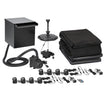
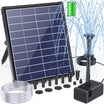
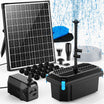
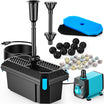
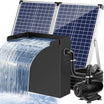
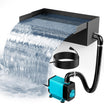

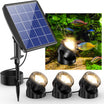


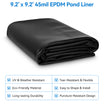
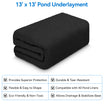

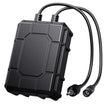
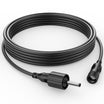

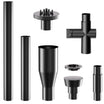
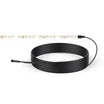
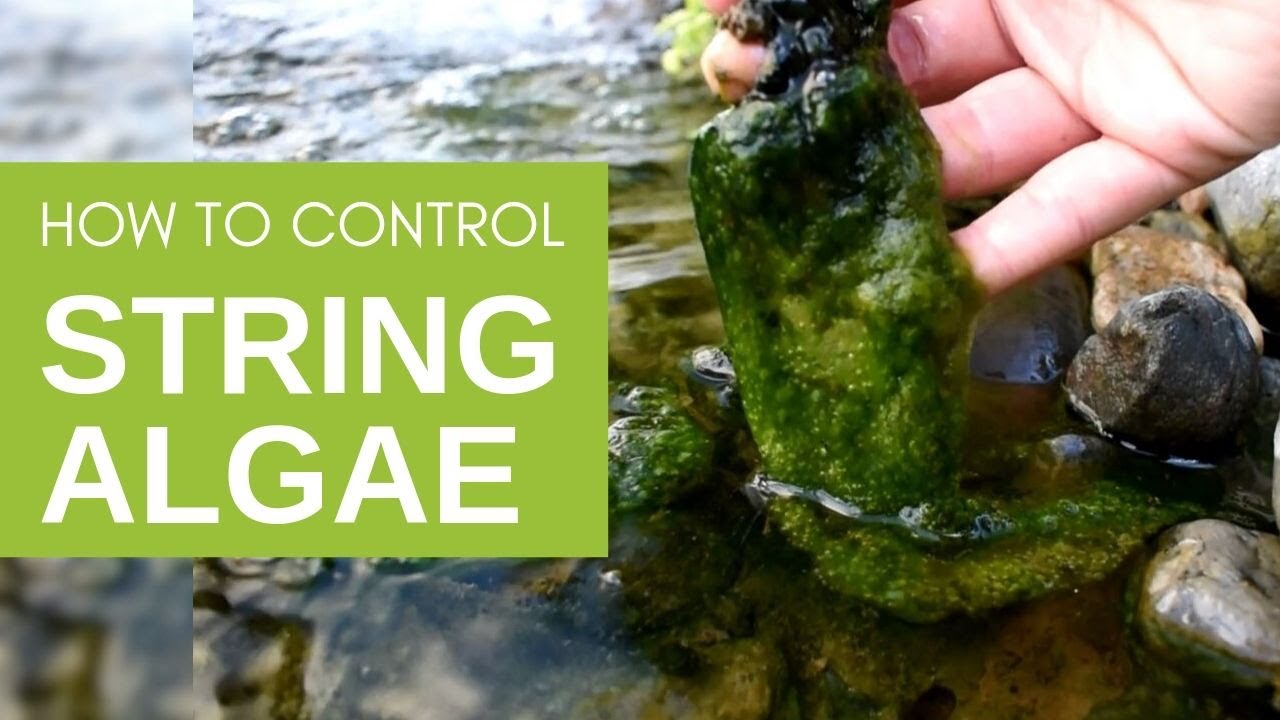
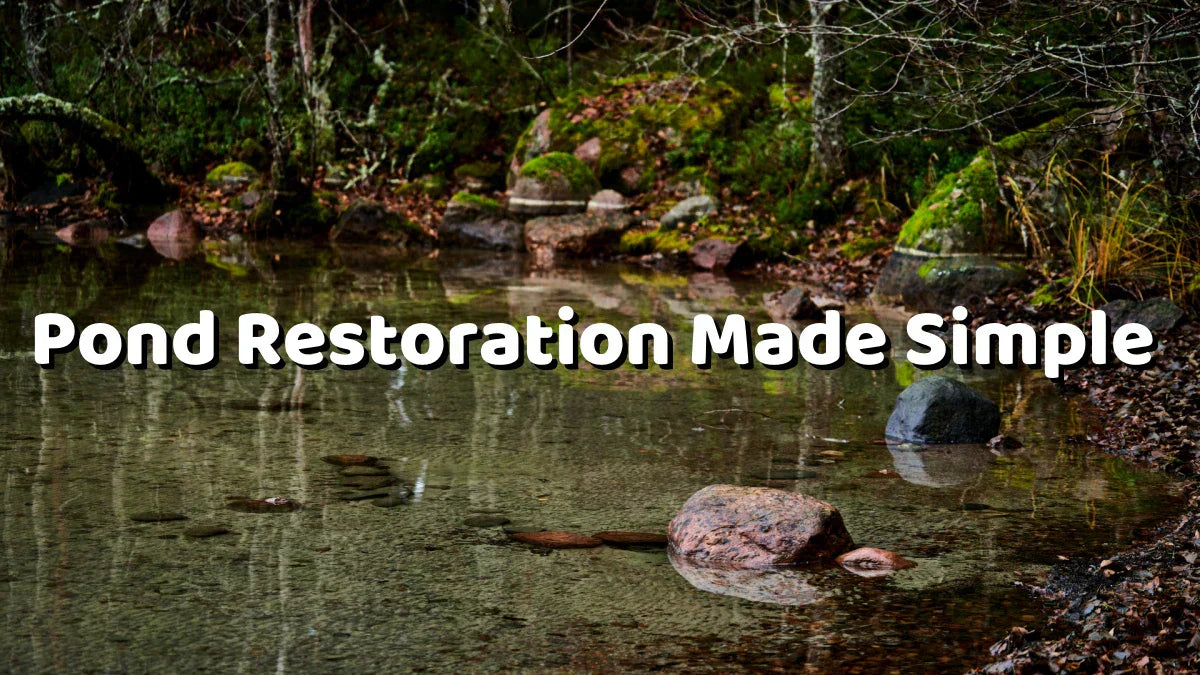
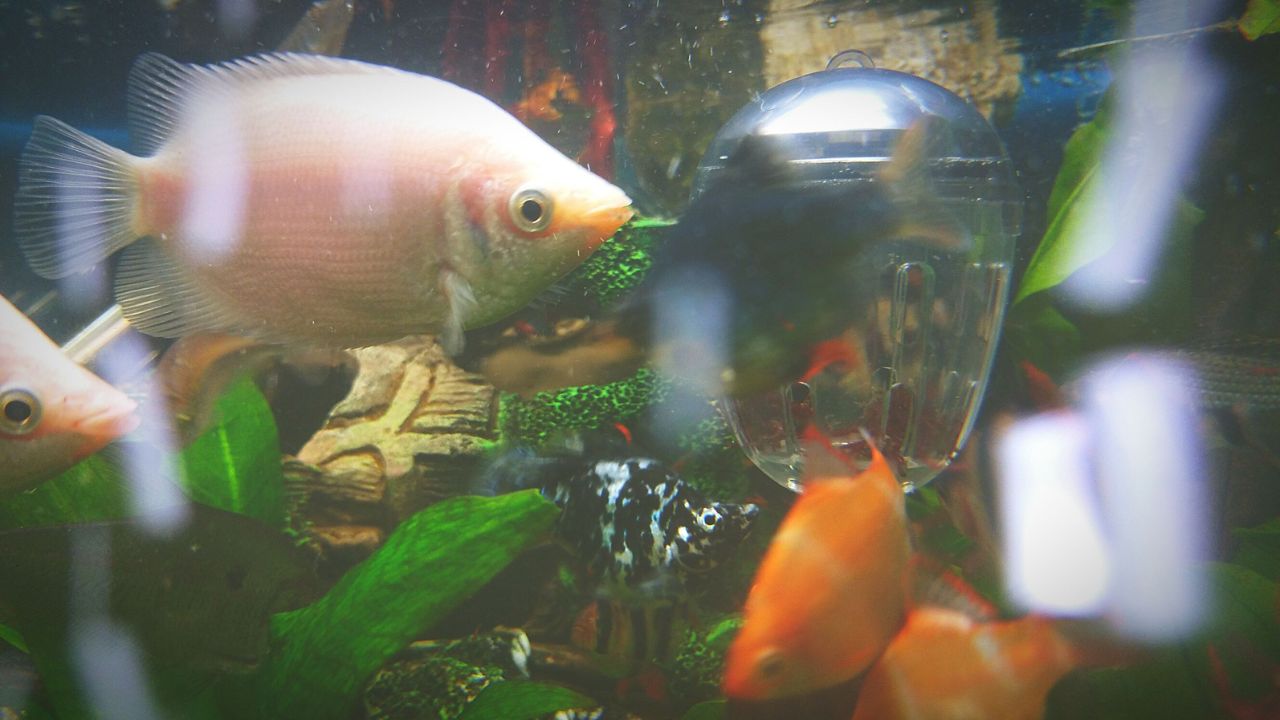
Hinterlasse einen Kommentar
Alle Kommentare werden vor der Veröffentlichung geprüft.
Diese Website ist durch hCaptcha geschützt und es gelten die allgemeinen Geschäftsbedingungen und Datenschutzbestimmungen von hCaptcha.